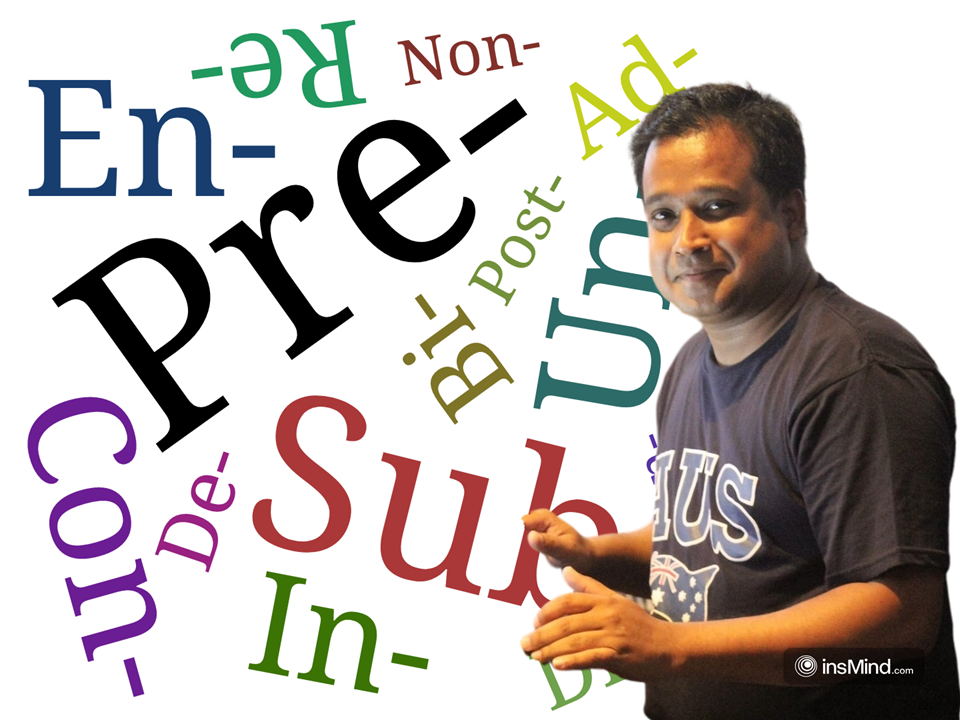
Matching Headings Practice
Topic: Marine Conservation
- Read the headings first to understand possible themes
- Look for keywords in the first and last sentences
- Each heading can be used only once
- Some headings are distractors and won’t be used
List of Headings
- Traditional methods of ocean cleanup
- The role of technology in marine conservation
- Economic impact of marine pollution
- Government regulations and their effectiveness
- Community involvement in conservation efforts
- Scientific research on marine ecosystems
- Future challenges for ocean conservation
- International cooperation initiatives
- Educational programs and public awareness
Recent advancements in satellite tracking and underwater drones have revolutionized how we monitor and protect marine life. These technologies allow researchers to track migration patterns, identify pollution hotspots, and detect illegal fishing activities in real-time. Machine learning algorithms are now being employed to analyze vast amounts of oceanic data, helping predict potential threats to marine ecosystems before they become critical. Additionally, new cleanup technologies using autonomous systems can now remove plastic waste from the ocean more efficiently than ever before.
The paragraph focuses on technological advancements (satellite tracking, drones, machine learning) and their applications in marine conservation. Keywords: “advancements,” “technologies,” “algorithms,” “autonomous systems.”
Coastal communities around the world are increasingly taking the initiative in protecting their local marine environments. In the Philippines, local fishermen have formed volunteer patrol groups to monitor protected areas and prevent illegal fishing. Similar grassroots movements in Indonesia have led to the establishment of community-managed marine reserves, where local residents participate in coral reef restoration projects. These community-led efforts have proven more effective than top-down approaches, as they combine traditional knowledge with a deep understanding of local ecosystems.
This paragraph describes how local communities participate in marine conservation. Keywords: “coastal communities,” “volunteer patrol groups,” “grassroots movements,” “community-managed,” “local residents.”
Marine pollution has severe economic consequences that extend far beyond environmental damage. The tourism industry loses billions annually due to beach closures and degraded coral reefs. Commercial fishing sectors have reported significant declines in catch volumes, directly impacting the livelihoods of millions of fishermen worldwide. Coastal cities face increasing costs for cleanup operations and infrastructure protection against rising sea levels. Studies estimate that plastic pollution alone costs the global economy over $13 billion annually through its impact on marine ecosystems.
The paragraph discusses financial consequences of marine pollution. Keywords: “economic consequences,” “billions annually,” “costs,” “global economy.”
A growing network of international partnerships is strengthening marine conservation efforts globally. The Pacific Rim Marine Protection Alliance, formed in 2020, coordinates conservation activities across 12 countries, sharing resources and expertise. Similar initiatives in the Mediterranean have led to the establishment of cross-border marine protected areas. These collaborative efforts have improved the effectiveness of conservation measures by standardizing monitoring protocols and enabling rapid response to environmental emergencies across national boundaries.
This paragraph focuses on international partnerships and collaboration. Keywords: “international partnerships,” “across 12 countries,” “cross-border,” “collaborative efforts.”

